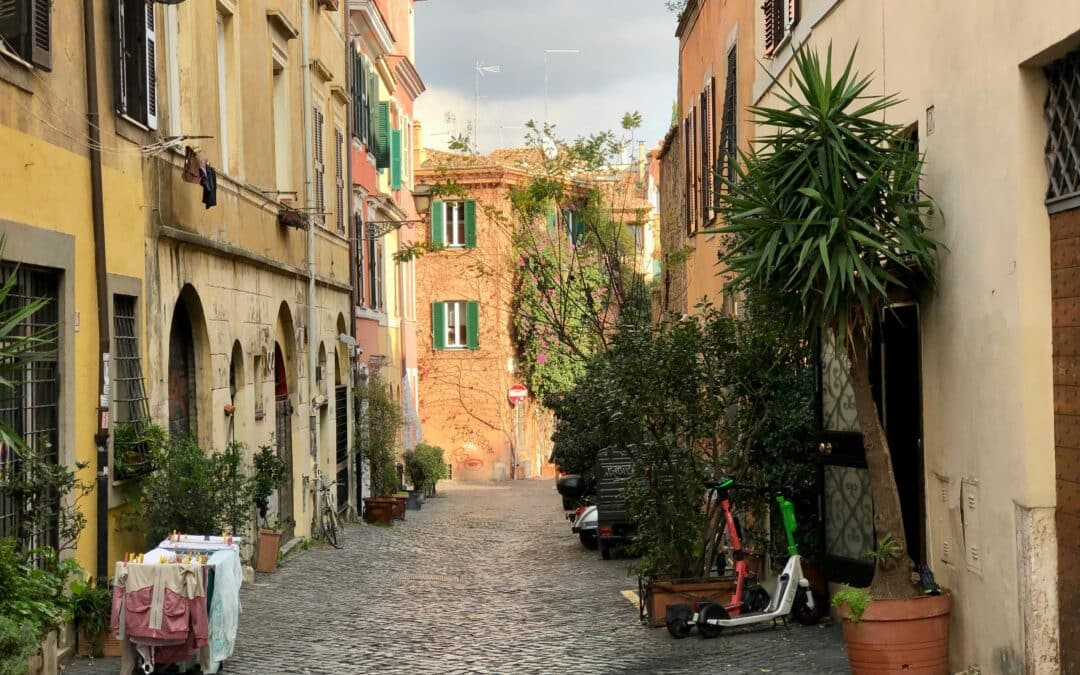
by Serena | Jan 18, 2023 | beginner Italian
The apostrophe is a unique feature of the Italian language. When used properly, it will help you write Italian like a native. This comprehensive guide explains when to use the Italian apostrophe (l’apostrofo) and when not to. Definite articles (gli articoli...

by Serena | May 12, 2022 | learning tips, beginner Italian
There are two types of people: bad finishers and good finishers. Most of us are good starters when it comes to learning a foreign language and terrible finishers. WHY? It is not a lack of talent. It is not a lack of time. It is not a lack of strategy. Most often is a...

by Serena | Mar 7, 2024 | beginner Italian
“Avere” means “to have” and is an essential verb used in various contexts to indicate possession, states, feelings, and more. It’s also an irregular verb, meaning that it doesn’t follow the regular conjugation pattern of most verbs,...

by Serena | Sep 10, 2024 | beginner Italian, parole difficili
The verb incontrare (to meet) can be used with the auxiliary avere: ho incontrato and with the auxiliary essere in its reflexive form: ci siamo incontrati. One of the most recurring questions I get in my private classes is whether there’s any difference between...

by Serena | Jan 7, 2025 | beginner Italian, Italian grammar
As you know, the passato prossimo is formed with an auxiliary verb (essere or avere) + the past participle of the main verb. But some verbs, our “rebels,” have irregular past participles that we simply need to memorize. Common Irregular Passato Prossimo...

by Serena | Mar 21, 2025 | beginner Italian, parole difficili, vocabulary
Molto and tanto are similar Italian adverbs but not interchangeable. While both mean “very” or “a lot,” molto is more neutral for factual descriptions, while tanto adds emotional emphasis to expressions. When to Use Molto...







